[A version of this previously appeared in the Artsfuse web site. Also, beware of spoilers.]
While 12 Years a Slave, according to Stephen Dedalus’s Thomistic formulation referred to in the previous post, induces “loathing” which “urges us to abandon, to go from something,” and therefore is “didactic” (and I would add, propagandistic), Blue Is the Warmest Color arouses “desire,” which “urges us to possess, to go to something.” It, too, is kinetic, not static, in its effect, and pornographic rather than didactuc. Not that there’s anything wrong with that. It’s still art, though “improper” art.
That’s not how most critics see it, however. The film has gotten nothing but high fives since it won the Palme d’Or at Cannes. It scores an 89% favorable rating at Rotten Tomatoes, an 88 at Metacritic, and is currently on a victory lap of awards from critics groups nationwide, heading for a sure lock on the Best Foreign Language Film Oscar.
Nonetheless, almost lost in the near universal praise for the film, Manohla Dargis’s dissenting article “The Trouble With ‘Blue Is the Warmest Color’” in the October 25 New York Times points out something that would seem obvious: The director, Abdellatif Kechiche, really likes asses.
Is that really a problem? Well, it is a distraction. Involvement in the characters’ ongoing drama takes a detour once Kechiche’s camera takes a leering up-close look as they engage in lengthy male fantasies of girl-on-girl action. The scene seem designed to arouse not contemplation, but desire. (Or loathing, if one is of an intolerantly moralistic bent).
Speaking of moralism, maybe this aspect of the film wouldn’t bug me so much had Kechiche not indulged in it with such self-righteousness. The film flaunts its sex scenes in a humorless and disingenuously sanctimonious way that discourages any discussion about it being a turn-on, if not for the viewer, then for Kechiche himself. It is a variation on the Emperor’s New Clothes, with the actors’ nudity exposing the director’s pretensions and predilections.
Be forewarned, then: if you want to enjoy the film as the intense and moving love story it claims to be (and despite everything, sometimes is), don’t pay attention to the man behind the camera indulging his voyeurism, fetishism, and his power over women. And if you find yourself stimulated during the relentless scenes of two naked, beautiful women engaged in energetic, artfully lit, exquisitely shot, explicit fucking, don’t worry, it just means you’re emotionally involved in a bravely realistic love story.
I think Joyce would regard this explanation with a skeptical smile and say, who are you kidding? I mean, where’s the stasis?
Instead of the sex scenes serving to intensify the love story, the love story exists to justify the sex scenes. Without those steamy interludes tarting up what is otherwise a routine narrative, would this film have garnered so many rave reviews and prizes?
Well, maybe “routine” is a bit harsh. I admit that at times the film stirred my tear ducts a bit and made me reflect on the eternal verities of life and love, my mind raised beyond desire and loathing to a condition of stasis, particularly in the scenes near the end…
But let’s take it from the beginning. Fifteen-year-old Adèle (Adèle Exarchopoulos, who looks at first like she’s barely pubescent),
doesn’t know what she wants to be when she grows up. She is also uncertain about her sexual inclinations. After an unsatisfying clinch with the class hunk, and a confused kiss with a female classmate, she catches the wry eye of Emma (Léa Seydoux), who is older and – as can be seen by her short-cropped blue-dyed hair, insinuating half-smile, and the way she smokes a cigarette – worldly wise and artistic.
She looks like she knows what she wants and what to do with it when she gets it. And, by the way, why is the twenty-something Emma hanging around a schoolyard?
Be that as it may, the two fall in love, or so you assume because they spend so much time in the sack. They do have occasional discussions about philosophy – after all, this is a French movie. Emma quotes Sartre while pontificating about the meaning of life and freedom, and the irrepressibly unsophisticated Adèle brings it all down to earth by observing that existentialism is pretty much summed up in the Bob Marley song “Get Up, Stand-up.”
Deep. Meanwhile, not everyone is keen on their relationship. Some of Adèle’s classmates get nasty. Of course, since Adèle is by far the prettiest girl in school, the ugly girls are the meanest to her. They corner Adèle, taunt her, and accuse her of ogling their asses. Dream on, ugly girls! Not even Kechiche is interested in looking at your posteriors.
But such petty obstacles can’t deter true existential love. Instead, the usual culprits break it up: the passage of time, the inevitability of change, and the vagaries of human nature. (Did I mention Being and Nothingness?) Blue’s big insight: relationships don’t last – deal with it.
Adèle and Emma’s seemingly non-traditional relationship devolves into sadly traditional roles, with Adele becoming the docile drudge who waits alone at home and Emma the self-absorbed artist who increasingly neglects her as she pursues her career. In one dinner scene, Emma barks over the phone at an art dealer who wants to exploit the lesbian sexual imagery of her work – imagine! – while Adèle feebly offers her a cup of coffee and a slice of buttered bread to get her attention.
Such is the fate of those with low self-esteem involved in an unequal relationship. At parties Emma’s arty friends are bemused at Adèle’s ignorance of Klimt and Schiele, and then compliment her on her prettiness. Adèle tries to keep up with all the fancy talk, but all she really wants to do is cook and clean and pose for Emma’s erotic paintings. That, and tell stories to her classes of preschoolers. (Emma suggests that Adèle try writing children’s books, but the matter is wisely dropped). Adèle tries hard to make it work, but her efforts only result in more loneliness and neglect, and finally, infidelity, jealousy, and rage.
To his credit, Kechiche – as in his brilliant The Secret of the Grain – is masterly when depicting the passage of time, a subtlety that is the antithesis of his approach to the sex scenes. The years pass unnoticed until you realize that Adèle is no longer in high school, but has a job, and that the pregnant woman whom she met at a party now has a three-year-old child. Had Kechiche practiced such artful restraint throughout the film, he might have attained the elusive “esthetic emotion” that Joyce describes.
Instead, Kechiche the pseudo-realist decides that truth requires gawking at some bodily function. In the film’s final break-up scene, for example, the focus of attention shifts from the feelings of devastation experienced by the characters to a close-up of the growing stream of snot dripping from Adèle’s nose. Give the girl a tissue, for crying out loud!
Maybe Kechiche here is leaning towards the loathing side of the desire/loathing dichotomy that Joyce was talking about. In any case, just as the spectacle of slamming vulvas and enthusiastic cunnilingus distract from the love in the love scenes, so, too, does this prolonged, gratuitous booger deflate any sense of tragedy when they break up.
Maybe now I’m just getting petty. Like my annoyance at the eating scenes. Always spaghetti, with a greenish chunky sauce that sticks to lips and faces and moustaches and is clearly visible as a half-masticated pulp when people yammer on about Klimt and Schiele with their mouths open. Why is there never a tissue or napkin available when people need them in this movie?
They had far better table manners in The Secret of the Grain. Maybe that’s why I prefer it: it is a film about food in the same way this is a film about love, and it does not need to show the biological processes of chewing, digestion, and excretion to make its point.
Another thing – Emma’s artwork bugs me. Here is one of those situations in which everyone in the film wildly acclaims the creative work of a character who is an artist or writer. And then some of the writing is read out loud, or the paintings hang in a gallery, and you say to yourself, wow, that is really, really bad.
Theoretically, perhaps, Emma’s paintings serve the purpose of setting up a self-reflexive conceit in which the male gaze (Kechiche’s) is directed at the female gaze (Emma’s) which is being directed at an objectified woman (Adèle). But when you come right down to it, the paintings are vulgar, soft-core pornography hypocritically disguised as art. And so, at its worst, is this overpraised movie.
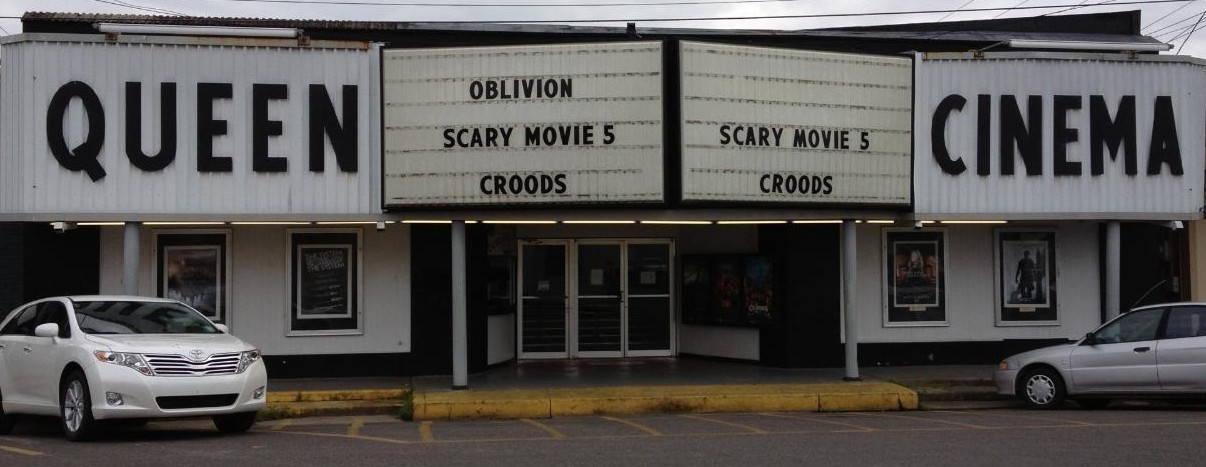
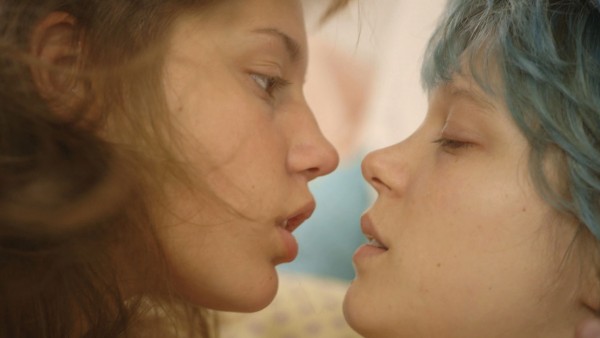

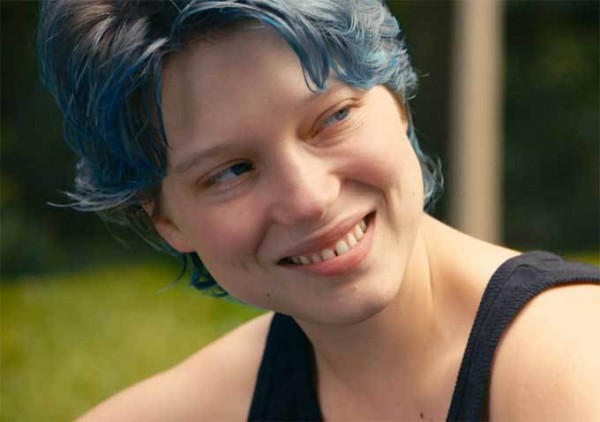
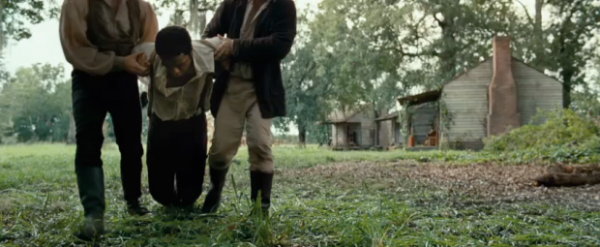

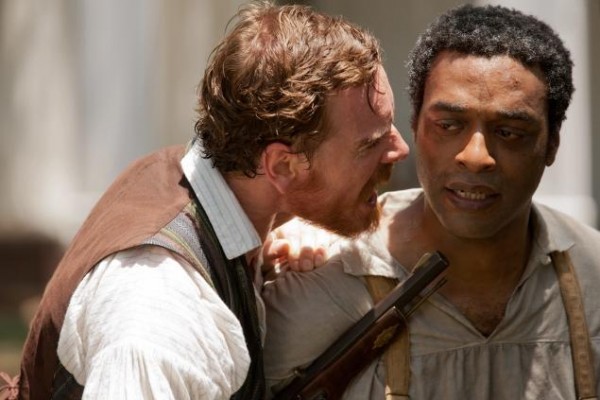
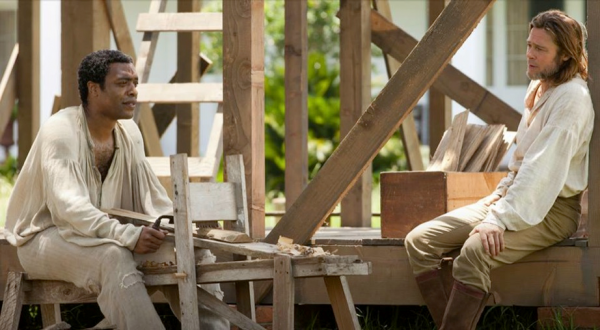
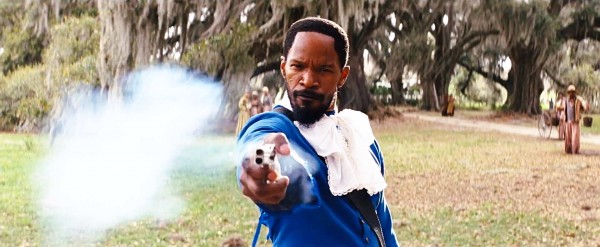

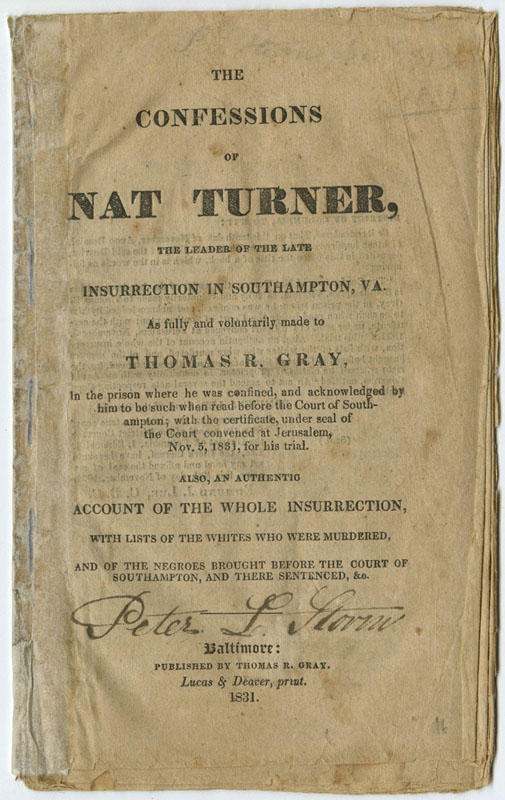
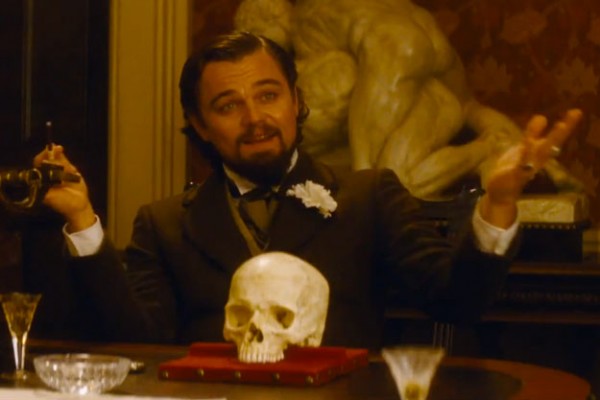
 Wright and Pegg have hit upon an approach that avoids formula as it allows for so many variations. Starting with a large cast of characters who are, each and every, victims of their own personalities, they bore in on the most socially marginal of the group. This hero – because that’s what he becomes – resents his marginalization to the point where he thinks he should be a model for, if not the whole of society, then for a very wide circle of his friends and acquaintances. He is not a reject, but a semi-voluntary non-conformist.
Wright and Pegg have hit upon an approach that avoids formula as it allows for so many variations. Starting with a large cast of characters who are, each and every, victims of their own personalities, they bore in on the most socially marginal of the group. This hero – because that’s what he becomes – resents his marginalization to the point where he thinks he should be a model for, if not the whole of society, then for a very wide circle of his friends and acquaintances. He is not a reject, but a semi-voluntary non-conformist. The sketches of the four friends is remarkably adept for a contemporary comedy (though it would have been considered par for the course in the 1940s). The pacing of the humor is sure and the big twist in the plot (analogous to those in the first two comedies) is unexpected and funny (at least if you haven’t seen the movie’s television commercials). In fact, the whole movie is funny, even when it slips in a soupcon or two of sentiment.
The sketches of the four friends is remarkably adept for a contemporary comedy (though it would have been considered par for the course in the 1940s). The pacing of the humor is sure and the big twist in the plot (analogous to those in the first two comedies) is unexpected and funny (at least if you haven’t seen the movie’s television commercials). In fact, the whole movie is funny, even when it slips in a soupcon or two of sentiment. The first story is told entirely objectively. Though Lovelace is the center of the camera’s attention, there’s no sense that we’re seeing the action from her or any other character’s viewpoint. That’s decidedly not the case with the second version of the tale, which begins with an older, wiser Lovelace beginning to write Ordeal and then proceeding to flashback.
The first story is told entirely objectively. Though Lovelace is the center of the camera’s attention, there’s no sense that we’re seeing the action from her or any other character’s viewpoint. That’s decidedly not the case with the second version of the tale, which begins with an older, wiser Lovelace beginning to write Ordeal and then proceeding to flashback. The contrasting stories don’t seem to have much point. Anyone who saw Lovelace’s name during the 15 or 20 years she was in and out of the public eye knows what she wrote in 1980, even if they didn’t read it themselves. Is there anyone left out there who believes a career in porn is all party favors? Taken separately, the two halves of Lovelace are competent, if uninspired, pieces of filmmaking. Together, they are less than the sum of their parts.
The contrasting stories don’t seem to have much point. Anyone who saw Lovelace’s name during the 15 or 20 years she was in and out of the public eye knows what she wrote in 1980, even if they didn’t read it themselves. Is there anyone left out there who believes a career in porn is all party favors? Taken separately, the two halves of Lovelace are competent, if uninspired, pieces of filmmaking. Together, they are less than the sum of their parts. The Canyons finds Schrader at his pedagogic worst; the movie, which is turgid in any case, can’t even rouse a spark of titillation from entwined limbs and bumping torsos – or the drug taking, the cruelty, the bitching and moaning and manipulating. It’s not even good soap opera, so Schrader has to force a potential for murder into the action in order to make it seem that something is at stake.
The Canyons finds Schrader at his pedagogic worst; the movie, which is turgid in any case, can’t even rouse a spark of titillation from entwined limbs and bumping torsos – or the drug taking, the cruelty, the bitching and moaning and manipulating. It’s not even good soap opera, so Schrader has to force a potential for murder into the action in order to make it seem that something is at stake. The two guys struggle for the affections of, as opposed to mere access to, the girlfriend. At first, the producer is depicted as playing underhanded games, but, when it suits Schrader, it is revealed the actor is sort of a cheat himself. But that’s OK because… see above.
The two guys struggle for the affections of, as opposed to mere access to, the girlfriend. At first, the producer is depicted as playing underhanded games, but, when it suits Schrader, it is revealed the actor is sort of a cheat himself. But that’s OK because… see above.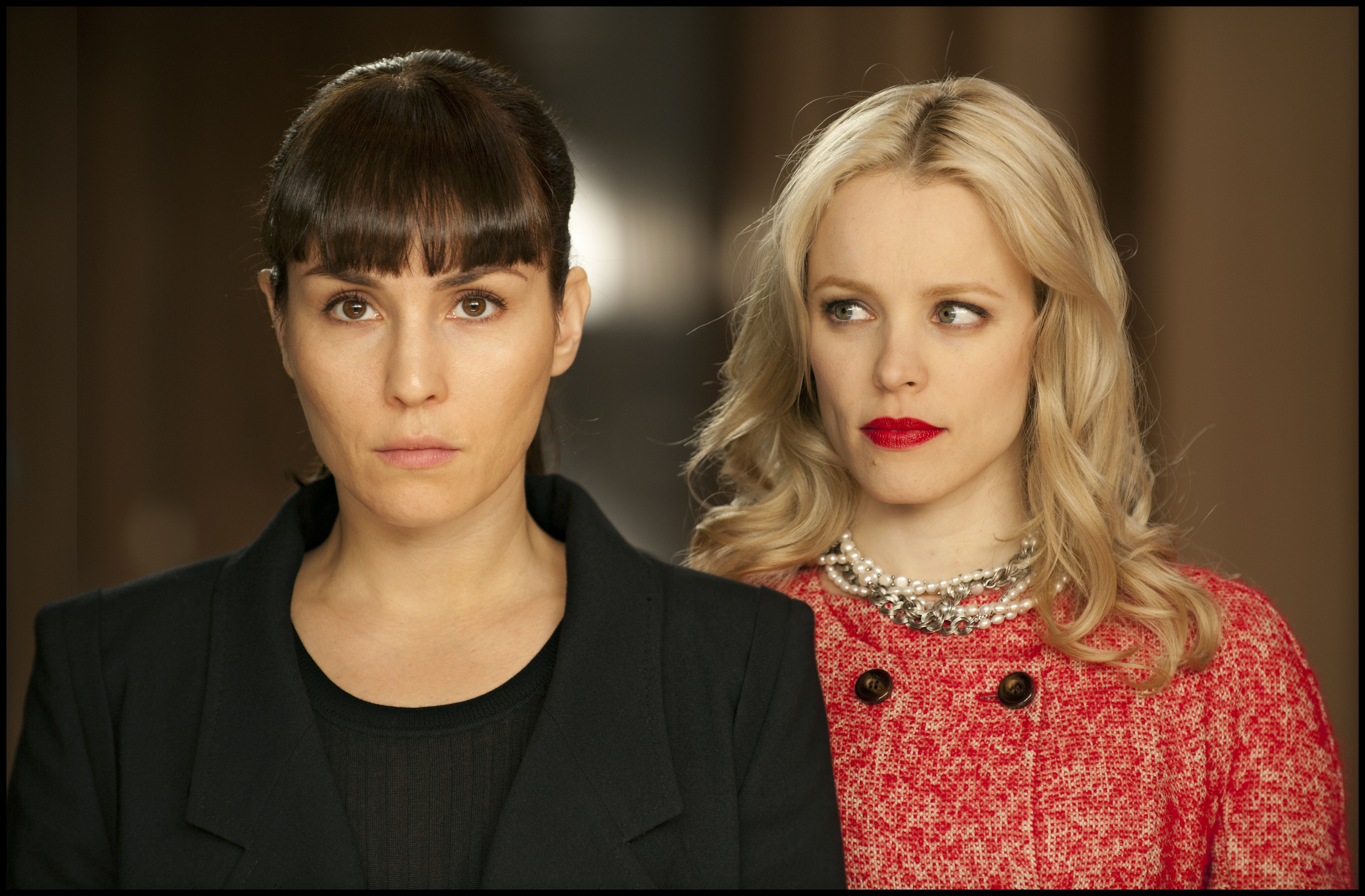 If Paul Schrader is deploying his old ideas – make that idea – Brian De Palma is recycling his fragmentary techniques in Passion, a thrill-free thriller. Everything you’d expect to see, you see. The plot features his standby doubling, with the tension between a businesswoman and her protégé mirrored by tension between the protégé and her protégé. His visual reflexes still spasm when hit with a hammer; for example, one character’s face is seen in a reflective surface so that we’ll know – as we know in nearly all De Palma’s thrillers – that she has a secret self.
If Paul Schrader is deploying his old ideas – make that idea – Brian De Palma is recycling his fragmentary techniques in Passion, a thrill-free thriller. Everything you’d expect to see, you see. The plot features his standby doubling, with the tension between a businesswoman and her protégé mirrored by tension between the protégé and her protégé. His visual reflexes still spasm when hit with a hammer; for example, one character’s face is seen in a reflective surface so that we’ll know – as we know in nearly all De Palma’s thrillers – that she has a secret self.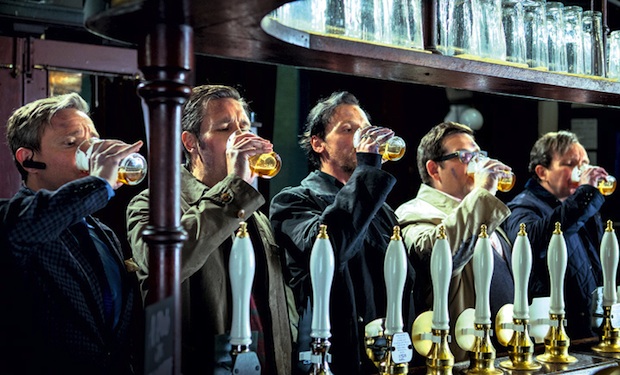 I don’t know about you, but I’d head for the pub crawl.
I don’t know about you, but I’d head for the pub crawl.